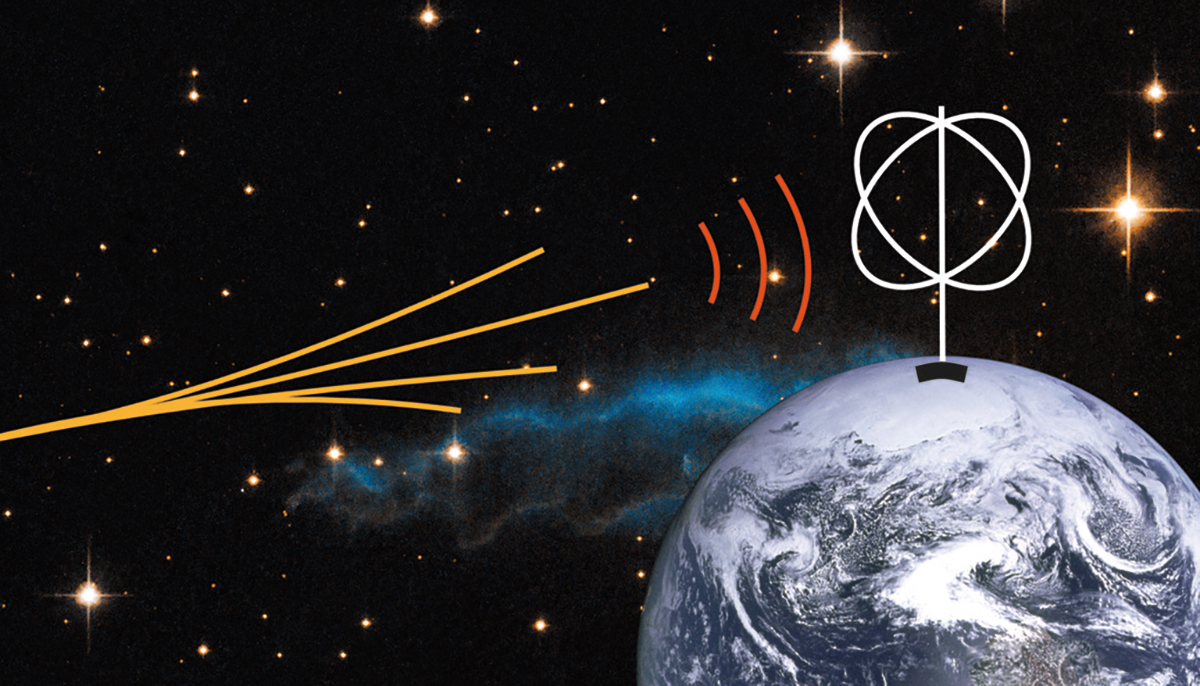
Πείραμα Kascade

The Institute for Astroparticle Physics
Research of the Institute for Astroparticle Physics addresses fundamental puzzles of nature at the frontiers of science, where cosmology, astrophysics, and elementary particle physics meet. In collaboration with international research institutions, the IAP conducts fundamental experimental research in the fields of particle and astroparticle physics.
In large international experiments we examine the nature and origin of cosmic rays, properties of neutrinos, and the composition of dark matter.
Our projects are embedded in the programme Matter and the Universe, part of the HGF association’s research field Matter.
Πείραμα CTAO

The Cherenkov Effect
When gamma rays reach the Earth’s atmosphere they interact with it, producing cascades of subatomic particles. These cascades are also known as air or particle showers. Nothing can travel faster than the speed of light in a vacuum, but light travels 0.03 percent slower in air. Thus, these ultra-high energy particles can travel faster than light in air, creating a blue flash of “Cherenkov light” (discovered by Soviet physicist Pavel Cherenkov in 1934) like the sonic boom created by an aircraft exceeding the speed of sound. Although this Cherenkov light is spread over a large area (250 m in diameter), it only lasts a few billionths of a second. It’s too faint and fast for the human eye to see but not for the sensitive light sensors of the CTAO’s telescopes.
Πείραμα Pierre Auger

Open Data
The acceleration of most low energy cosmic rays is related to various types of magnetic fields in space. These magnetic fields are known to exist on the sun, in the solar wind, and in the remnants of supernova explosions in our Milky Way Galaxy. Interactions of charged particles with these fields can account for cosmic rays with energies ranging from 1 billion (109) electron volts to 10 thousand trillion (1016) electron volts. Occasionally, however, a cosmic ray with an energy above 10 million trillion (1019) electron volts is detected. It would take 10 million Tevatrons, the world’s largest particle accelerator, to achieve energies as high as these remarkable cosmic rays! There is no scientific consensus on how or where cosmic rays with these ultra-high energies originate. With unprecedented collecting power and experimental controls, the Auger Observatory has been gathering the data needed to solve those puzzles.
